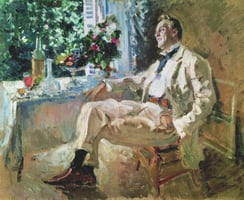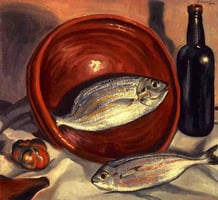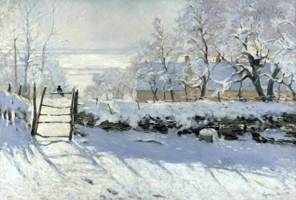Konstantin Korovin was a Russian painter of the early 20th century. He was born in Moscow in 1861...
Celebrating the Extraordinary Legacy of Renaissance Artist Andrea Mantegna
Andrea Mantegna (1431-1506) was an Italian painter and draftsman of the Early Renaissance period. He is considered one of the greatest painters of the 15th century. His most celebrated works are the frescoes in the Ovetari Chapel in Padua, the Crucifixion triptych in the church of San Zeno in Verona, and the Camera degli Sposi in Mantua. Mantegna was born in Isola di Carturo, a small town near Padua.
He was the son of a carpenter, and was apprenticed to Francesco Squarcione, a local painter. Squarcione was a major influence on Mantegna’s artistic development, and the two were in constant contact until Mantegna left Padua in 1460. Mantegna's career in Padua was highly successful, and he was soon producing works for wealthy patrons. He was also commissioned to produce a series of frescoes for the Ovetari Chapel in Padua.
The frescoes, which depicted the life of Christ, took Mantegna four years (1448-1452) to complete. The frescoes are considered to be one of the great masterpieces of the Early Renaissance period. In 1460, Mantegna left Padua and moved to Mantua, where he was employed by the Gonzaga family. He was tasked with producing a series of frescoes for their palace (the Camera degli Sposi), as well as numerous paintings and drawings.
The Camera degli Sposi, which was completed in 1474, is one of the most celebrated works of the Italian Renaissance. Mantegna was also a gifted draftsman, and produced numerous drawings and prints. His works, which often featured classical and religious themes, are considered to be some of the finest of the period. Mantegna's influence on the art of the Renaissance was immense. He was an innovator who introduced new techniques and visual devices to painting. He was also one of the first artists to use perspective to create the illusion of depth in his works. Mantegna died in 1506, and was buried in the Basilica di Sant'Andrea in Mantua. He left behind a large body of work, which was highly influential in the development of the art of the Renaissance period.




